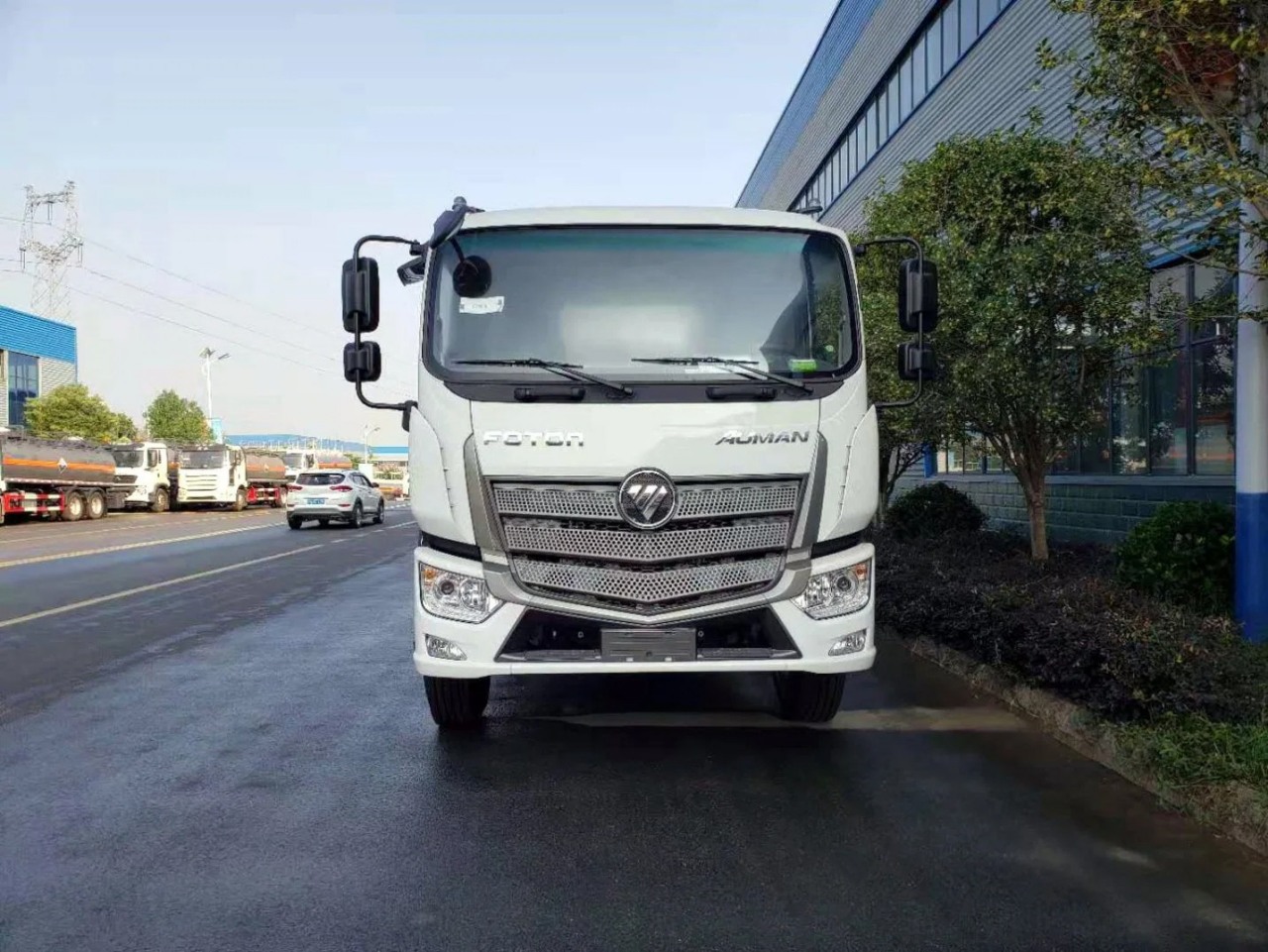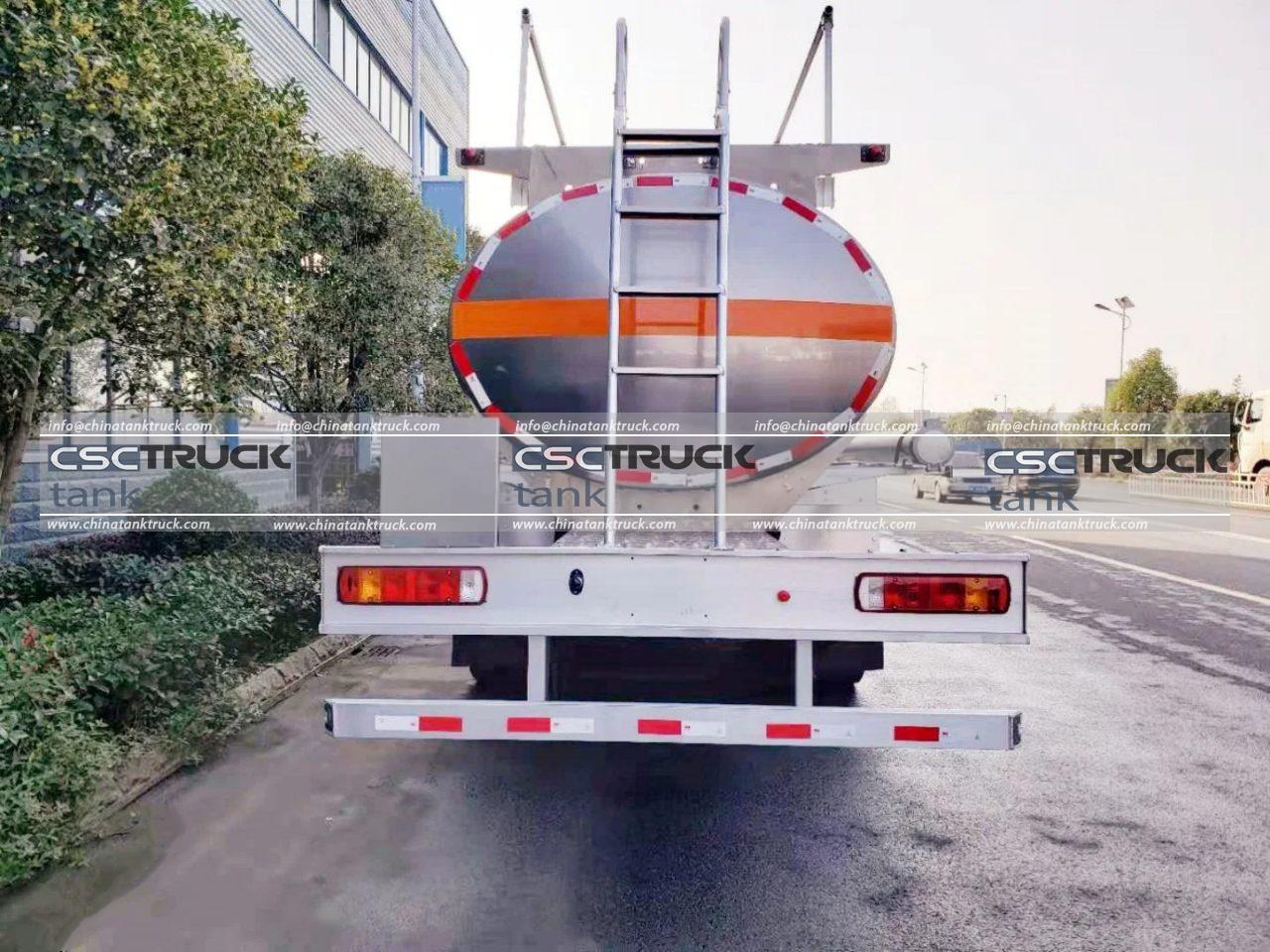Chemical tanker trucks are an integral part of the global logistics and transportation network. Designed specifically for the safe and efficient movement of hazardous and non-hazardous chemical substances, these specialized vehicles serve a critical role in various industries, including manufacturing, agriculture, pharmaceuticals, oil and gas, and water treatment. But what exactly is the purpose of a chemical tanker truck, and why is it so important in modern supply chains? This article explores the functions, types, safety features, and broader significance of chemical tanker trucks in today’s industrial landscape.
The Core Function: Safe Transport of Chemicals
At its core, the primary purpose of a chemical tanker truck is to transport liquid or gaseous chemical substances from one location to another. This can include raw materials used in manufacturing processes, industrial solvents, acids, bases, flammable liquids, or even food-grade chemicals such as edible oils or flavoring agents. These substances often require special handling and containment due to their hazardous nature.
Unlike general-purpose tankers, chemical tanker trucks are designed with specific materials and configurations that ensure the chemical integrity of their cargo while preventing leaks, contamination, or reactions. This helps ensure the safety of not only the cargo but also the drivers, handlers, and the general public.
Key Industries Served
Chemical tanker trucks serve a variety of industries, each with unique requirements:
- Petrochemical and Oil Industries: Transport refined products such as benzene, toluene, or xylene.
- Agriculture: Deliver fertilizers, pesticides, and herbicides.
- Water Treatment: Supply chemicals like chlorine, alum, and caustic soda.
- Pharmaceuticals: Carry raw chemical compounds required for drug manufacturing.
- Food Industry: Transport food-grade chemicals such as citric acid or corn syrup, often in dedicated sanitary tankers.
- Construction: Deliver admixtures and curing compounds for concrete.
By serving these industries, chemical tanker trucks play a key role in the continuity of production, infrastructure development, and public services.
Types of Chemical Tanker Trucks
Chemical tankers come in several configurations depending on the type of chemical being transported, its reactivity, temperature requirements, and other factors. Here are some common types:
- Stainless Steel Tankers: These are the most common type used for chemicals, offering excellent corrosion resistance. They’re suitable for acids, alcohols, and other reactive substances.
- Rubber-Lined Tankers: Used when the chemical cargo might react with metal. The rubber lining acts as a protective barrier between the tank and the cargo.
- Fiberglass Reinforced Plastic (FRP) Tankers: Lightweight and corrosion-resistant, FRP tankers are ideal for highly corrosive chemicals like hydrochloric acid and sulfuric acid.
- Aluminum Tankers: Although not used for highly reactive chemicals, aluminum tankers can be used for less aggressive materials and offer weight advantages.
- Compartmentalized Tankers: These are divided into multiple sections, allowing the transportation of different chemicals in a single trip, each in a separate compartment.
Safety: A Top Priority
Given the hazardous nature of many chemicals, safety is a non-negotiable aspect of chemical tanker truck design and operation. Some key safety features and protocols include:
- Pressure Relief Valves: To prevent tank rupture due to overpressure.
- Emergency Shutoff Systems: To quickly stop the flow of chemicals during an emergency.
- Double-Walled Tanks: Used for particularly dangerous chemicals to offer an additional layer of containment.
- Thermal Insulation: Maintains temperature-sensitive chemicals within safe limits during transport.
- Anti-Spill Features: Prevent leakage in case of an accident or rollover.
- Strict Loading and Unloading Protocols: Ensuring minimal human exposure and environmental impact.
- Driver Training and Certification: Drivers must be trained in hazardous materials handling, emergency response, and regulatory compliance.
These safety measures are reinforced by stringent government regulations and international standards, such as those set by the U.S. Department of Transportation (DOT), ADR (European Agreement concerning the International Carriage of Dangerous Goods by Road), and others.
Environmental Considerations
Chemical tanker trucks also have a significant role to play in environmental protection. By ensuring the secure containment and transport of chemicals, these vehicles help prevent spills that could contaminate soil, water sources, or air.
Moreover, many modern tanker trucks are equipped with emission control systems, lightweight materials to improve fuel efficiency, and advanced telematics systems to monitor routes and minimize fuel usage. Some transport companies even invest in electric or hybrid chemical tankers to reduce their carbon footprint.
Regulatory Compliance
Operating a chemical tanker truck involves navigating a complex web of regulations and certifications. Some of the key compliance areas include:
- Hazardous Materials Regulations (HMR) in the U.S. govern packaging, labeling, and handling.
- United Nations Recommendations on the Transport of Dangerous Goods, which standardize classifications and labeling internationally.
- Environmental Protection Agency (EPA) and Occupational Safety and Health Administration (OSHA) guidelines regarding chemical exposure and safety standards.
- Driver Certifications, such as a Hazardous Materials Endorsement (HME) on their Commercial Driver’s License (CDL).
Adherence to these regulations ensures the legal and safe operation of chemical tanker trucks across regions and countries.
Technological Advancements
In recent years, chemical tanker trucks have benefited from various technological improvements that enhance safety, efficiency, and operational oversight. These include:
- Real-Time GPS and Load Monitoring: Allows dispatchers to track cargo conditions and truck location in real-time.
- Smart Sensors: Monitor pressure, temperature, and chemical integrity during transport.
- Automated Loading Systems: Reduce human error and exposure during the loading and unloading process.
- Fleet Management Software: Optimizes delivery routes, maintenance schedules, and compliance tracking.
These innovations not only improve safety but also boost operational efficiency and reduce costs.
Conclusion
The purpose of a chemical tanker truck goes far beyond simply hauling liquids from point A to point B. These highly specialized vehicles are engineered to meet stringent safety, environmental, and regulatory requirements, ensuring that vital chemical substances are transported securely and efficiently across regions. Whether enabling pharmaceutical production, supporting agricultural operations, or contributing to clean water systems, chemical tanker trucks are indispensable to modern industry and infrastructure.
As industries continue to grow and evolve, the demand for reliable and safe chemical transportation solutions will only increase. Chemical tanker trucks, with their sophisticated design and crucial role in supply chains, will remain at the forefront of this essential logistical function.





